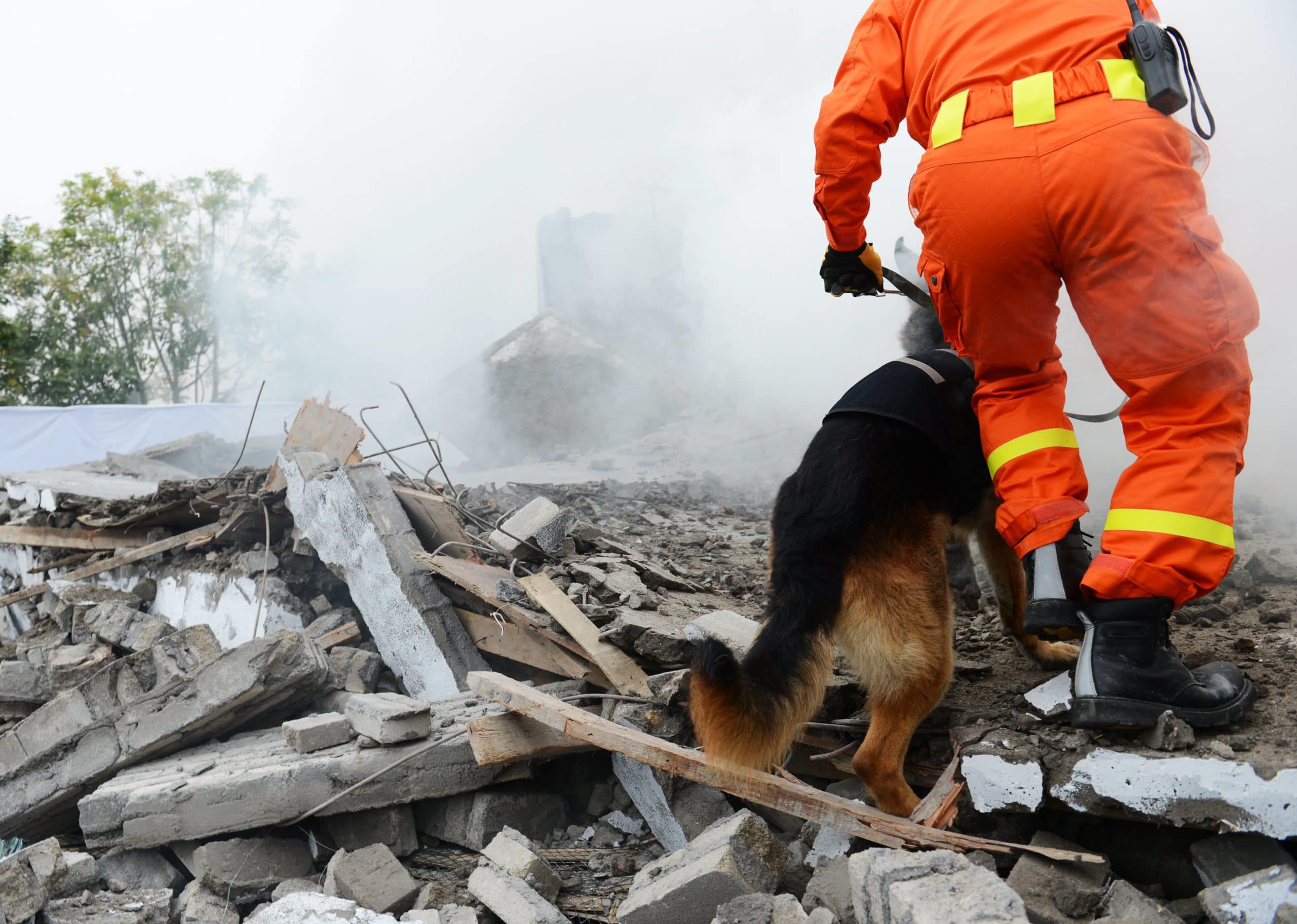The Silent Killer – Carbon Monoxide Toxicity and EMS Response
Carbon Monoxide toxicity is responsible for ~20,000 emergency department visits annually and is the leading cause of non-drug poisoning deaths in the US. In this webinar, we explore an interesting clinical presentation of carbon monoxide toxicity which was rampant during the Texas winter storm of February 2021. We discuss the EMS clinical and operational implications that affected the care of this patient and research opportunities for process improvement.
About the Presenters
Dr. Gil Salazar
Dr. Gil Salazar is an associate professor of Emergency Medicine at UT Southwestern. He serves as the medical director of EMS education and oversees both initial and continuing education of area EMS professionals. He practices clinically at Parkland Hospital Emergency Department. Dr. Salazar is dually board-certified in Emergency Medicine and EMS and serves as core faculty for the Emergency Medicine Residency and the EMS Fellowship programs of UT Southwestern Medical Center. He is the creator of Campus Emergency Preparedness and Survival Training (Campus EPAST) SM. His main goal is to improve the quality of education in the management of natural and human-made disasters.
Zach Caldwell
Zach Caldwell is a Captain/Paramedic with the Allen Fire Department. He has worked as a paramedic for over 20 years and is also a full-time faculty member of Dallas college with over 15 years in EMS education.
Philip Jarrett
Philip Jarrett is a second-year Emergency Medicine resident at Parkland Hospital applying to EMS fellowship. He received an undergraduate degree in molecular biology and an MBA at Texas Tech University prior to attending medical school at UT Southwestern Medical Center. In his free time, Philip enjoys developing medical devices, bicycling with his miniature pinscher in the milk crate, and playing Dance Dance Revolution.
Virginia Smith
Virginia is a licensed paramedic for Cypress Creek EMS in Spring, Texas, which utilizes aggressive emergency protocols, including whole blood in the field. She is currently completing training to serve as the in-charge paramedic position in ambulance teams responding to 911 calls. Virginia received her bachelor’s in biology from Texas A&M and her master’s in biomedical sciences from the University of Incarnate Word School of Osteopathic Medicine. Virginia is a medical school applicant and hopes to be accepted and start medical school fall of 2021. Virginia’s training has included medical care in wilderness settings and rural poverty in Latin America where medical resources are limited.



